
How the Wrong Derailleur Can Affect Your Ebike: When to Consider an Upgrade
In this article, we’ll discuss the signs that indicate it's time for an upgrade and how to choose the best derailleur for your needs.
Why the Right Derailleur Matters
Having the correct derailleur ensures that your ebike operates efficiently. When you use a derailleur that's not suited to your ebike's specifications, you might experience issues such as poor gear shifting and increased wear and tear on other components. This can lead to a less enjoyable riding experience and potentially costly repairs.
Moreover, a mismatched derailleur can cause you to exert more energy, as inefficient gear changes can make pedaling harder than it needs to be. Ultimately, the right derailleur is a cornerstone of a reliable and effective ebike setup, contributing to the longevity of your entire ebike system.
Common Problems with the Wrong Derailleur
Bent Derailleur Issues
A bent derailleur is a frequent problem for riders, often caused by accidents, improper storage, or rough terrain. This can lead to chain slips, unusual noise, or even gear locking, posing safety risks. If not addressed, a bent derailleur can also cause uneven wear on your chain and gears, resulting in more frequent replacements.

Poor Gear Shifting
An incorrect derailleur can hinder smooth gear shifting, making it difficult to climb hills and putting extra strain on your bike’s components. Poor shifting can also stress your motor and battery, potentially reducing their lifespan. Ensuring your derailleur is functioning well is vital for maintaining your ebike's overall health.
Impact of Weight on Derailleur Performance
Many riders overlook how added weight from motors and batteries can affect derailleur performance. If the derailleur isn't strong enough to handle this extra weight, it may bend or fail. Choosing a derailleur designed for the specific demands of a big tire ebike can enhance durability and improve your riding experience.
When to Consider an Upgrade
Signs You Need a New Derailleur
Knowing when to upgrade your derailleur can save you from more significant issues down the road. Here are some signs that you should consider an upgrade:
-
Frequent gear shifting issues despite regular maintenance.
-
Visible damage or bending in the derailleur.
-
Persistent noise while shifting gears.
-
Difficulty in keeping the chain on the gears.
Recognizing these signs early can prevent further damage to your ebike and ensure you maintain a smooth and efficient ride. Ignoring these signs can lead to more costly repairs and potential safety hazards. Upgrading at the right time can enhance your riding experience and prolong the life of other bike components.
Choosing the Right Derailleur for Your Ebike
When selecting a new derailleur, consider the following:
-
Compatibility: Ensure the derailleur matches your ebike's specifications and is compatible with your bike's chain and gears.
-
Durability: Choose a derailleur built to withstand the weight and conditions specific to ebikes.
-
Brand and Model: Opt for reputable brands known for quality and reliability.
-
Shimano: Well-known for a wide range of ebike components, Shimano offers high-quality derailleurs for both mountain and road bikes, including ebikes.
-
SRAM: Another leading brand, SRAM provides innovative derailleur systems that are known for their performance and durability, particularly in off-road conditions.
-
Campagnolo: Renowned in the road cycling community, Campagnolo produces high-end derailleurs that prioritize precision and reliability.
-
Microshift: Offering great value, Microshift manufactures reliable derailleurs suitable for various types of bikes, including more budget-friendly options.
-
Bosch: While primarily known for e-bike systems, Bosch also provides derailleur options specifically designed for electric bikes, ensuring compatibility and performance.

FAQs
Yes, an incompatible or malfunctioning derailleur can cause the motor to work harder than necessary, leading to increased battery drain. Inefficient gear shifts can create additional strain on the motor, reducing its longevity and performance.
If you're experiencing shifting issues, first check if the derailleur is properly aligned and adjust the limit screws. If adjustments don't resolve the issues, a replacement may be necessary.



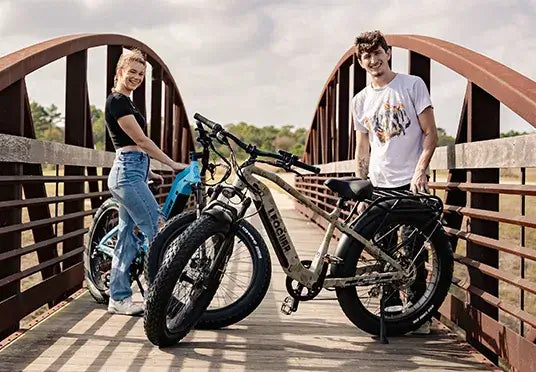
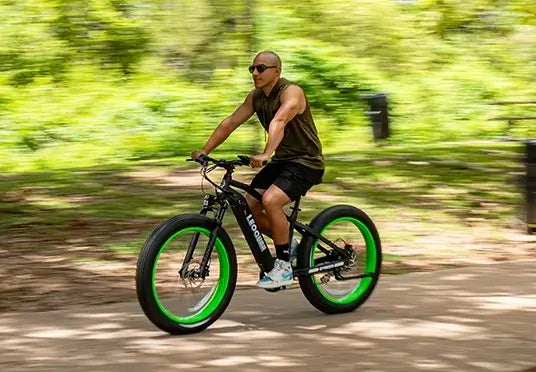
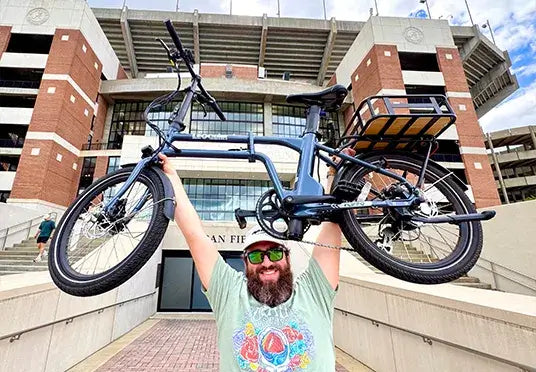
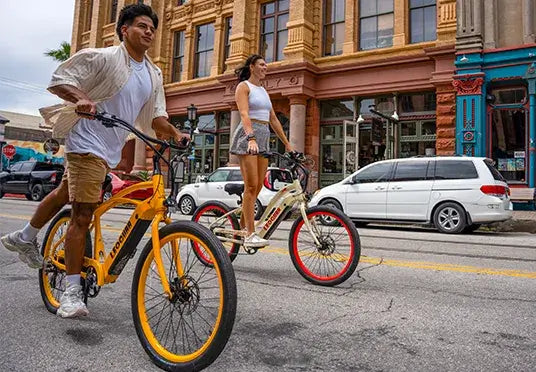
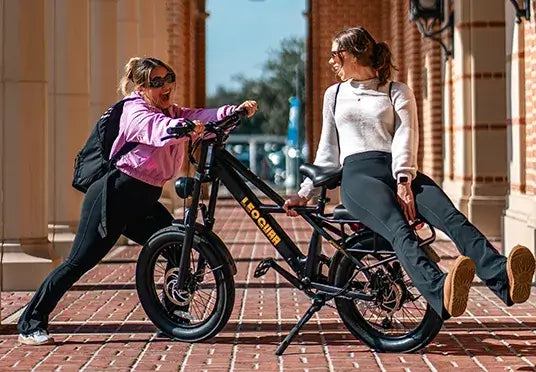
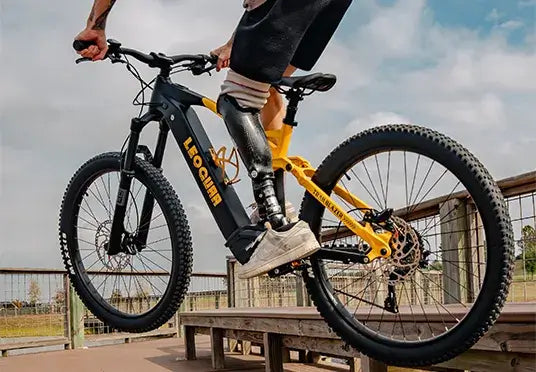

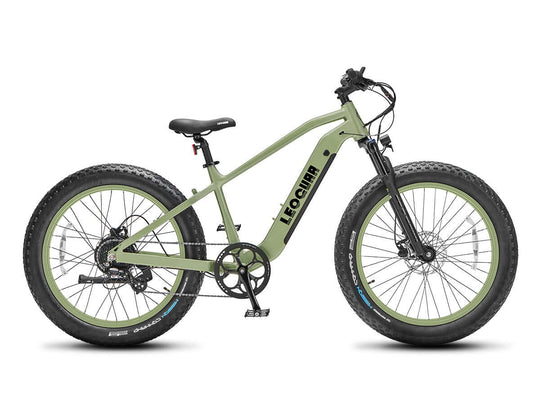
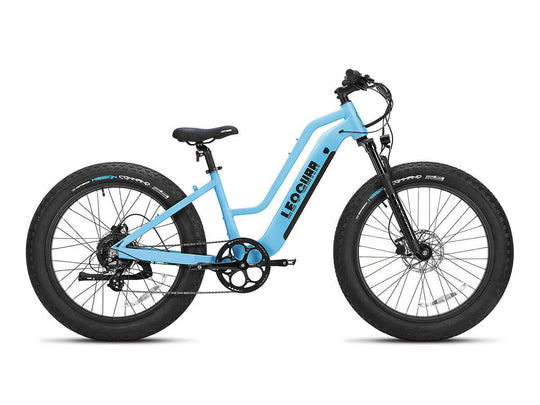
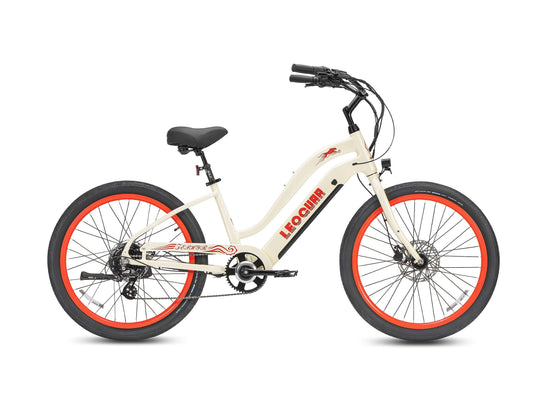
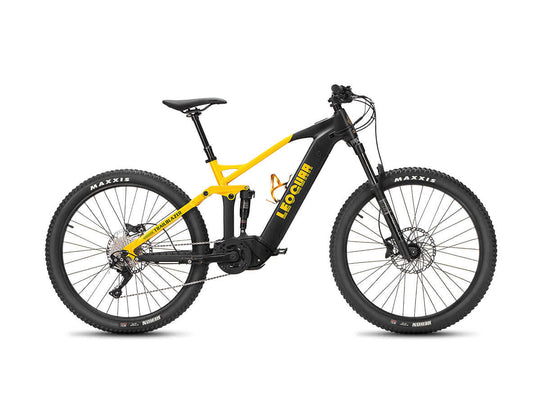
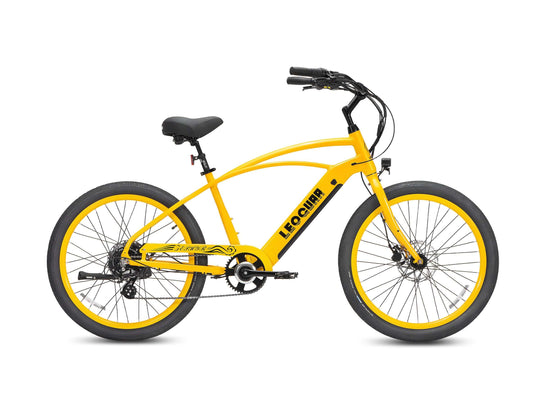
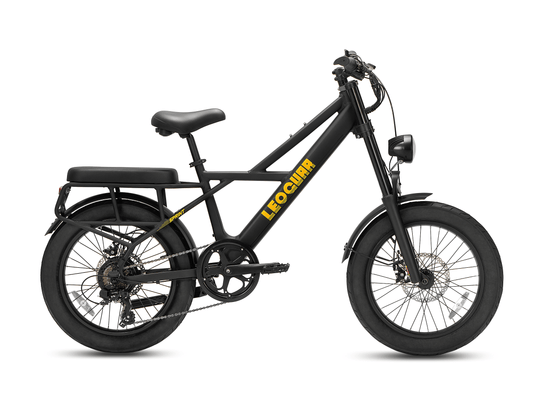

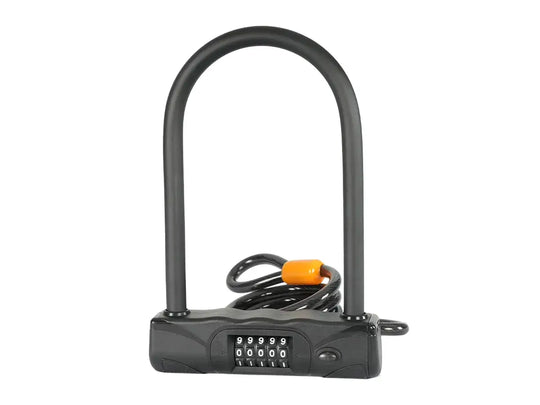
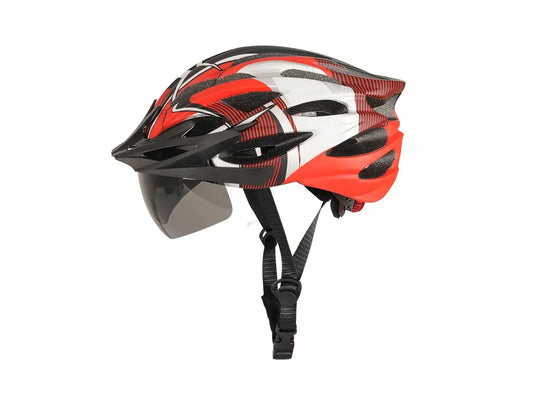
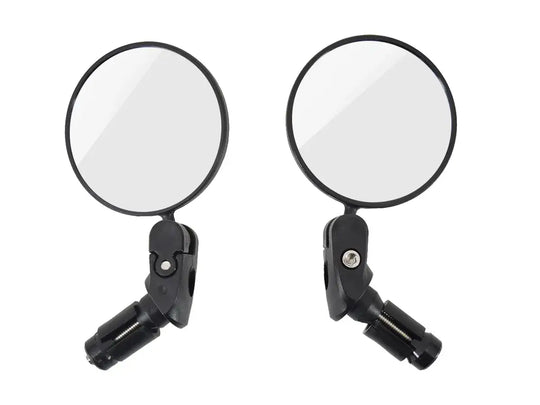

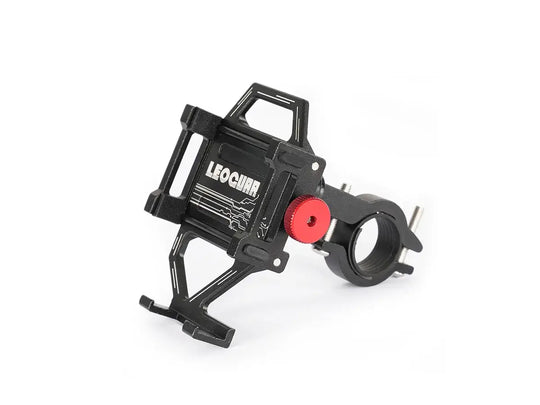
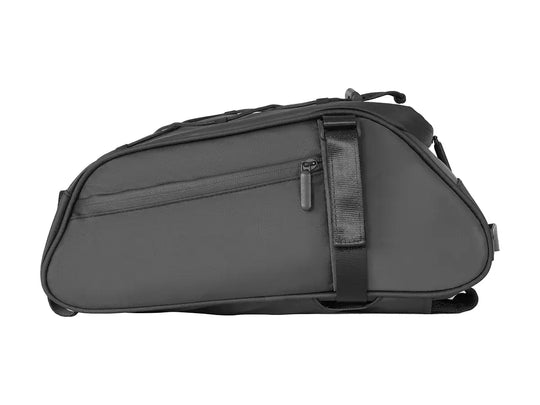
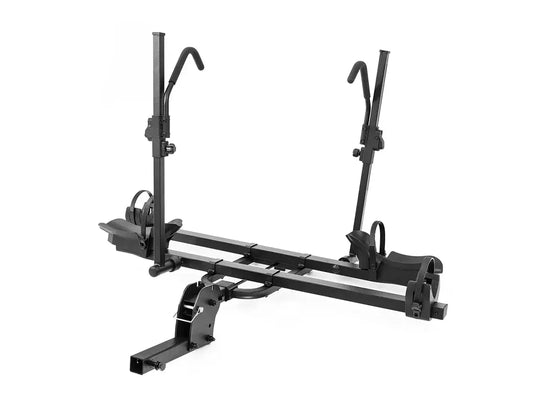
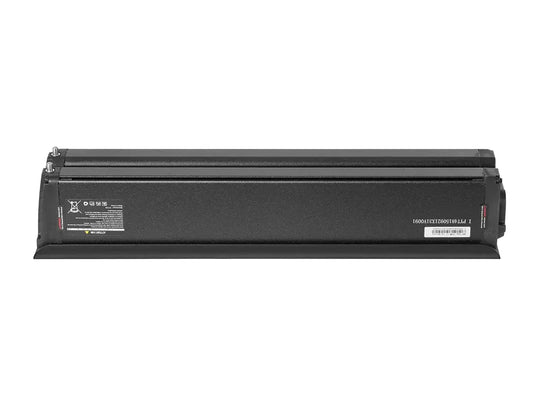
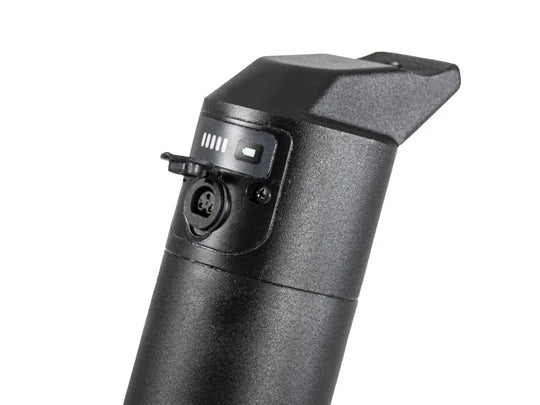
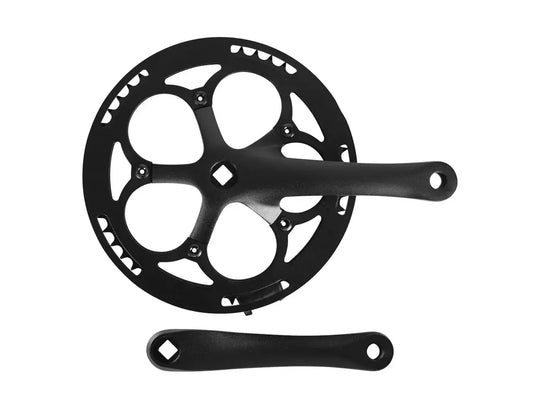
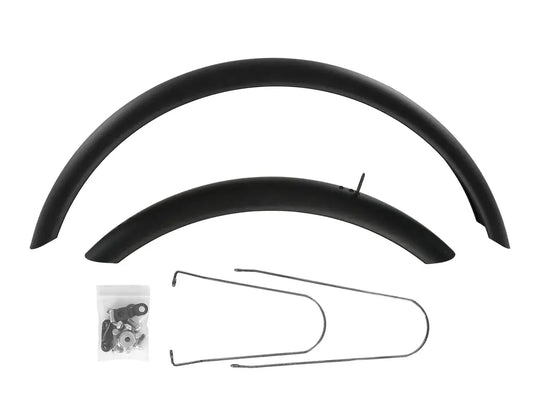
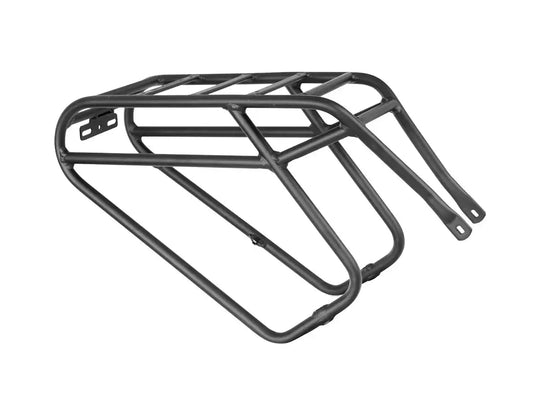
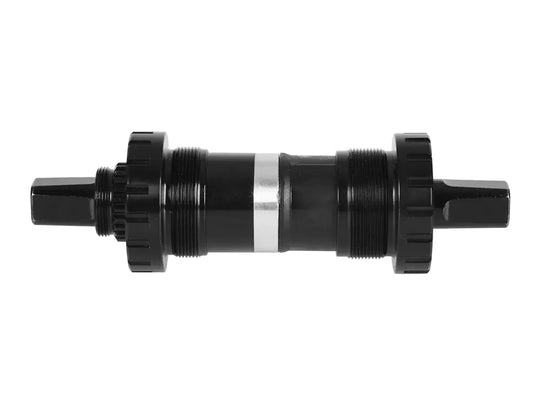
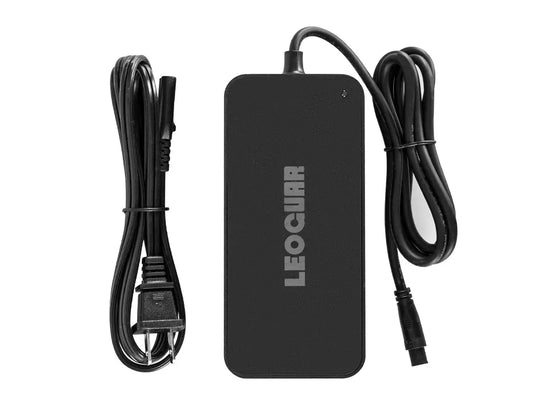
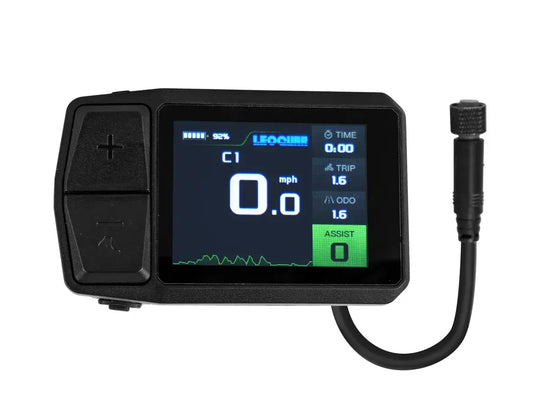
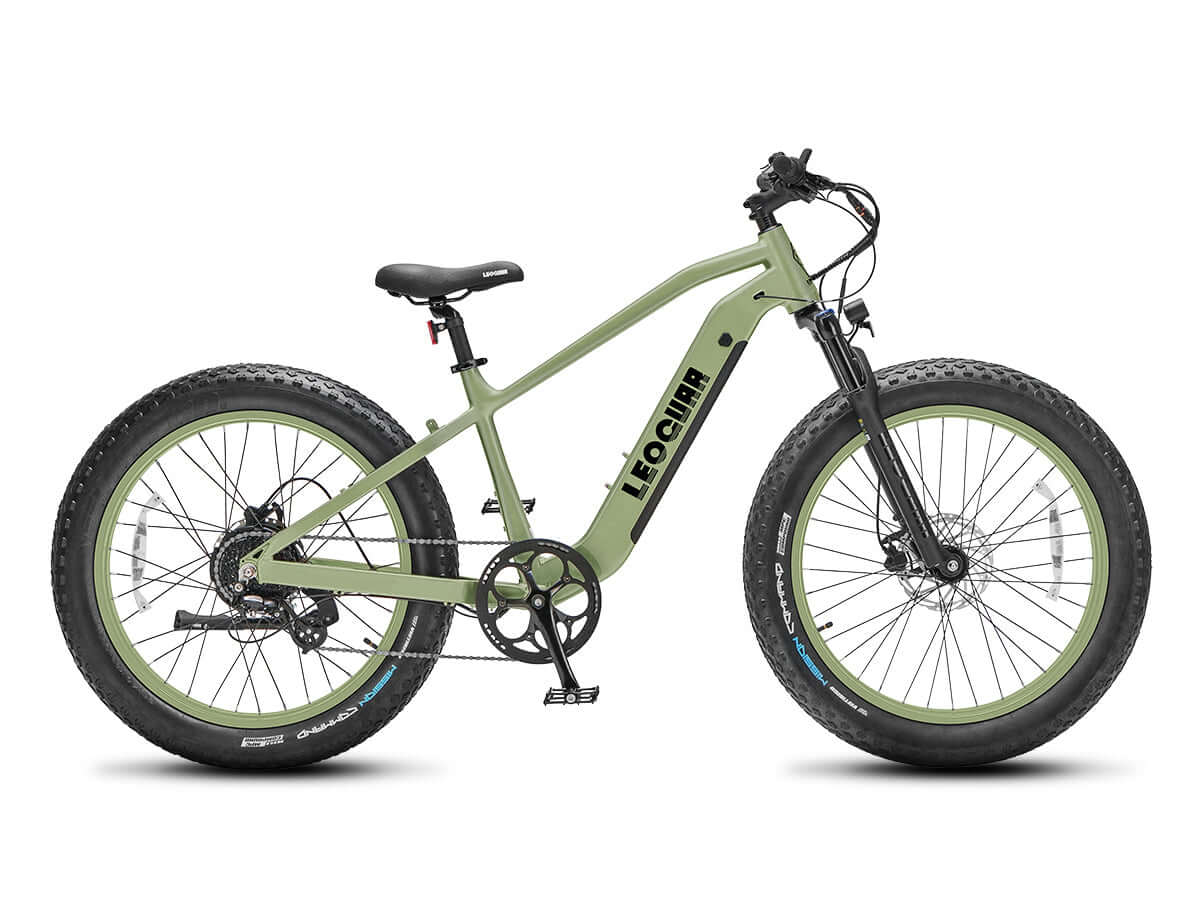







Leave a comment